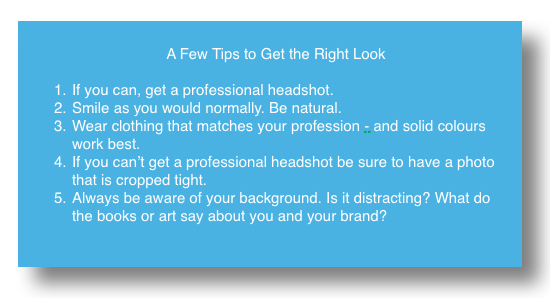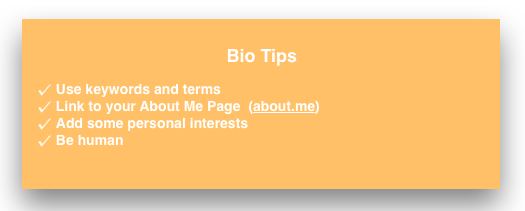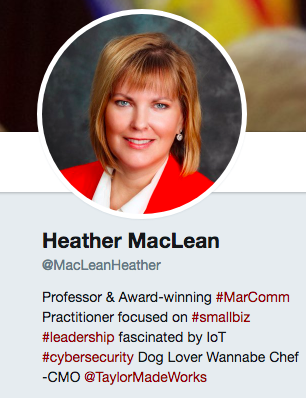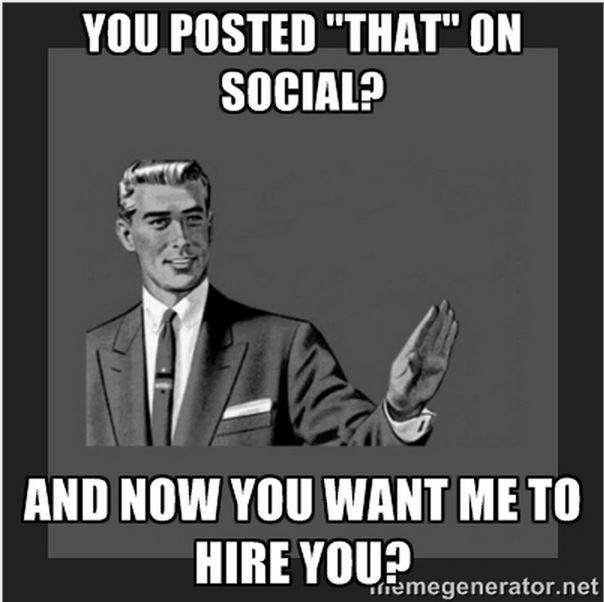The Secret Behind Every Successful Executive and Business: Reinvention
Have you ever wondered what makes some people more successful than others? Sure, talent and experience are a part of the equation, but there is an even more important component – reinvention. Really successful people don’t stand still. They are constantly changing and reinventing themselves. For a more in-depth look at this, I had the chance, on behalf of Opportunities NB to speak to Dorie Clark, author of Reinventing You and the soon to be released Stand Out.
MacLean: Reinvention is an interesting concept, which in this economic climate is likely more important than ever. What was the driver for this book?

Dorie Clark
Clark: Certainly through my own career and observing others, I realized that we are being called upon far more than we ever have to reinvent ourselves. It is really an anomaly to stay in one job or with one company throughout your career. It just isn’t the norm any longer. The world is changing so quickly, that people need to be able to change with it.
For example, I started out as a reporter and got laid off. I worked on a number of political campaigns and we lost. It took a while for me to find my own professional footing, but I did. I discovered a lot about the process in doing so. Now, for the last nine years, I have my own consulting business, I write, speak professionally, etc. So, it was that process that really got me interested and I spoke to dozens of people who also went through reinventing themselves. I wanted to capture best practices and give readers the tools to do it for themselves in a faster more efficient manner.
One of the people I spoke with for Reinventing You was Steven Rice, Executive Vice President, Juniper Networks in Silicon Valley. One of the things he shared with me was a question he always asks in interviews. The question: what are you doing to reinvent yourself? He does this because he knows that the positions he is hiring for now, will likely be substantially different in two years. So, he needs to know if the candidates will have the agility and willingness to reinvent themselves.
MacLean: Our economy and world is really changing as you mentioned, what do you think about organizations that exclude talent because they may have changed jobs several times in a three or five year period?
Clark: I think that is a ridiculously outdated notion and it might be that people who still propound this don’t fully understand how the economy has changed the landscape.
Of course you can look at a resume and make assumptions about why someone might have been in roles for a short period of time. But without further investigation, you might not fully understand the person has been working short-term contracts, held temporary positions or have had the misfortune of being laid off. Things are just not black and white anymore. Quite frankly by excluding such people, you are overlooking a huge talent pool with tremendous potential and experience.
Layoffs, changing economies and changing work dynamics are all great reasons for people to take control of their careers. People need to be able to identify what is needed for the next change or the next role they will be in. They can’t wait for or expect someone to do it for them.
At the same time, I think that it is important for companies to realize that they tipped the scales in the 1990’s with huge layoffs. This created a realization for a lot of people that there wasn’t a huge benevolence occurring within the corporate world. As a result perhaps the most talented and marketable employees are keeping an eye on what was happening in the marketplace and often times jumping ship. It is now more important for employers to be aware of this and incentivizing their most marketable employees in order to keep them. Essentially, companies need to put more thought into the talent pipeline that they have and specifically how they approach retention.
MacLean: Reinventing yourself is really about developing and maintaining your personal brand. Do people connect with the term “personal brand”? There are certainly critics.
Clark: As mentioned, the book came about as a result of my own experience, but it really goes deeper than that. I wrote a blog post on reinvention for Harvard Business Review and it was so popular that they asked me to expand it into a full length magazine piece and then a book.
So, yes people do connect with their personal brand. It is, after all, a synonym for your reputation. And, yes there has been some blow back in relation to building your personal brand. It is a modern term. It was inaugurated in 1997 by Tom Peters in a cover story he wrote for Fast Company, called The Brand Called You, but the concepts are much older. Because it really is your reputation, I would challenge any professional that claims he or she doesn’t care about their reputation, or doesn’t think it is important. Paying attention to your reputation – your personal brand – is important.
MacLean: You have really had a tremendous level of support and commentary from people about your book and their personal experiences, what can you tell us about that?
Clark: I have really been heartened by the response. There are so many people with so many stories. It is incredible. One such person is Blaire Hughes, a reader from Australia. He was a teacher by profession, but really wanted to get into the world of sports. After reading the book and using the self-assessment, he was able to set up internships around the world and he found a job that he absolutely loves.
MacLean: How important is it for the C-Suite in the process of reinvention?
Clark: Reinvention is important at a corporate level and at an individual level. RIM for example, needed to reinvent itself into Blackberry and they are still evolving. It really comes down to the fact that if you find yourself in a position of what used to work, no longer working, you need to find a new find a new playbook. If you don’t, you are going to be out of business or out of work. Of course, it is also important that you don’t wait until the last minute. You need to be continually scanning the horizon for trends and plan accordingly. You don’t want to face a cataclysmic disruption and shift.
In fact, I like to think about reinvention in two phases:
- First there is Reinvention with a capital “R: With Reinvention the change may be associated with something that doesn’t happen very often. For example, a complete career change or something that happens over a period of several years.
- Then there is reinvention with a small “r”. This reinvention is more about having an attribute of trying and being open and doing small activities that keep us fresh enough so that we are not thrown flat on our faces when bigger changes happen.
MacLean: What role do leaders play in reinvention?
Clark: Leaders play a critical role in encouraging people to reinvent themselves. They must create a culture for this. When you are reinventing yourself, or your organization, there is an iteration process. Some things will work and some things won’t. People need to in an environment where they feel safe to try and pivot when things don’t work. If however, you work in an environment that expects perfection, people won’t try. The culture won’t accept “trying”. This is dangerous. In these environments people won’t grow and neither will the organization.
MacLean: You have a new book coming out on April 21st, what can you tells us about that?
Clark: I am very excited about it. Stand Out, How to Find Your Breakthrough Idea and Build a Following Around It is for people who have reinvented themselves and now want to build on it. For example, how do you become the recognized expert in your field? There are many voices out there and there are some people who are very noisy and they stand out. They might not have the best idea or the most knowledge, they are just the loudest. I wanted to hear what some of the world’s top thought leaders did to stand out. I interviewed 50 of these people and reverse engineered how they achieved what they did. It is my goal that this book will help people take the next step.
Want to learn more about Dorie Clark and her work and books? Click here.
This blog post was prepared for Opportunities New Brunswick.








